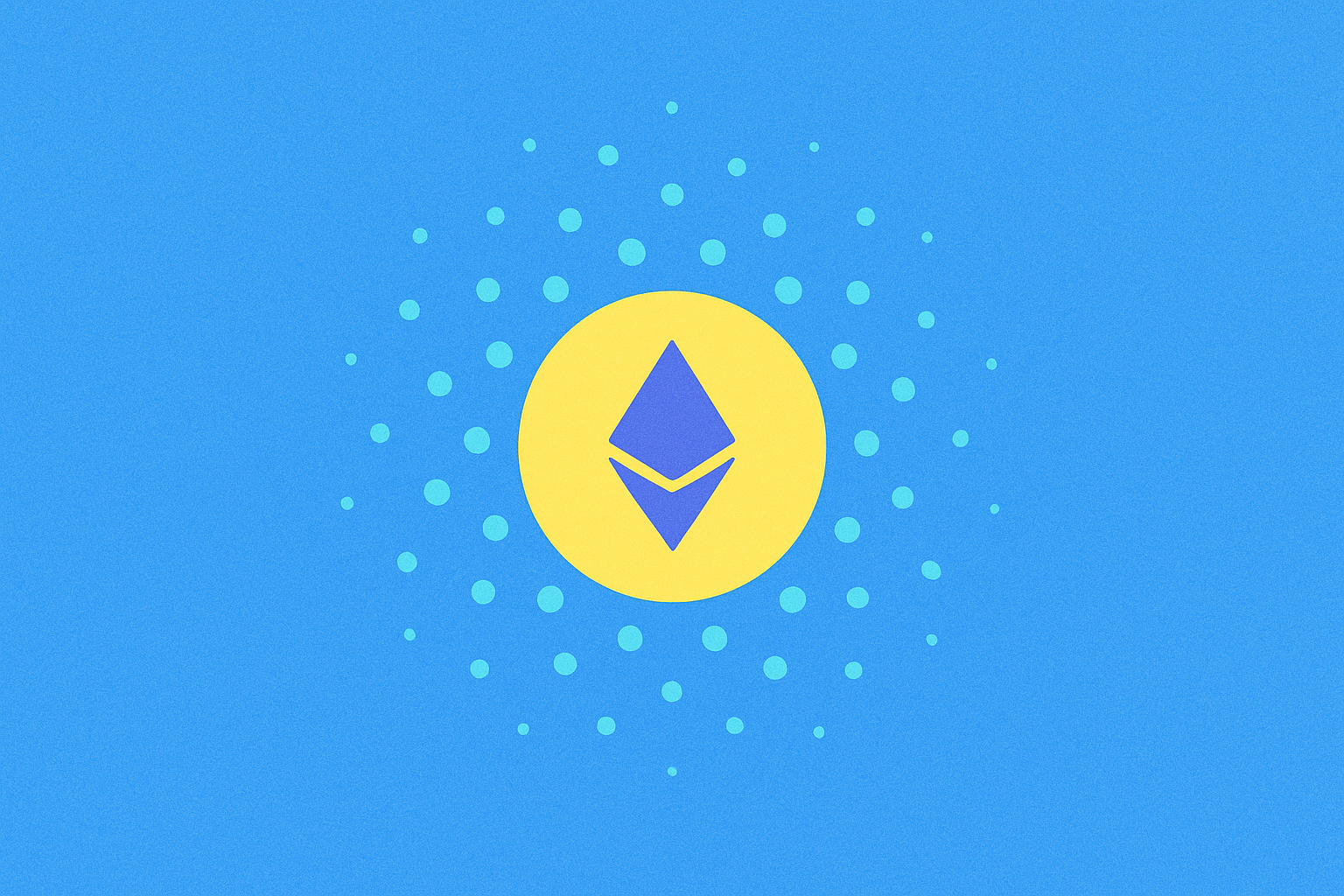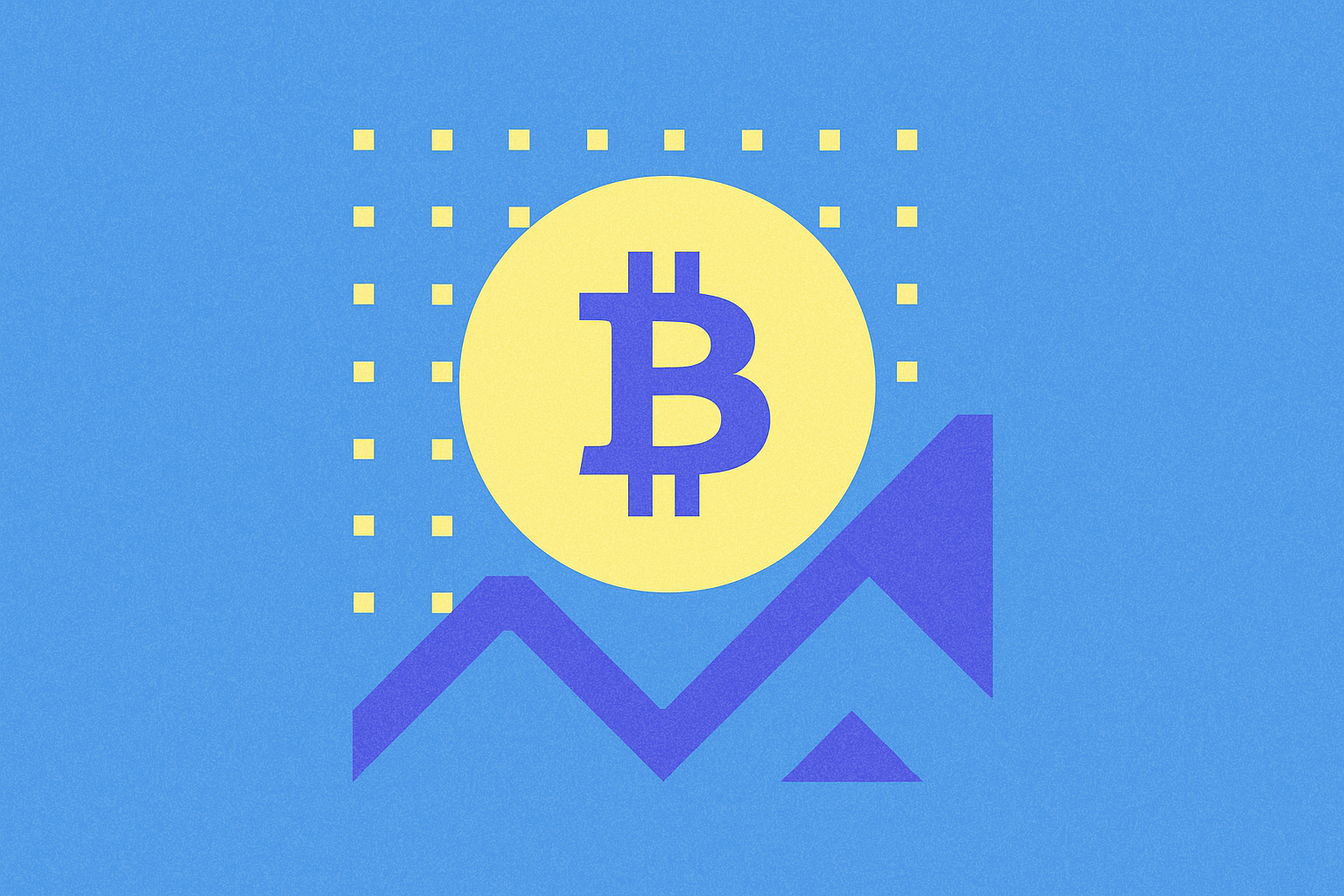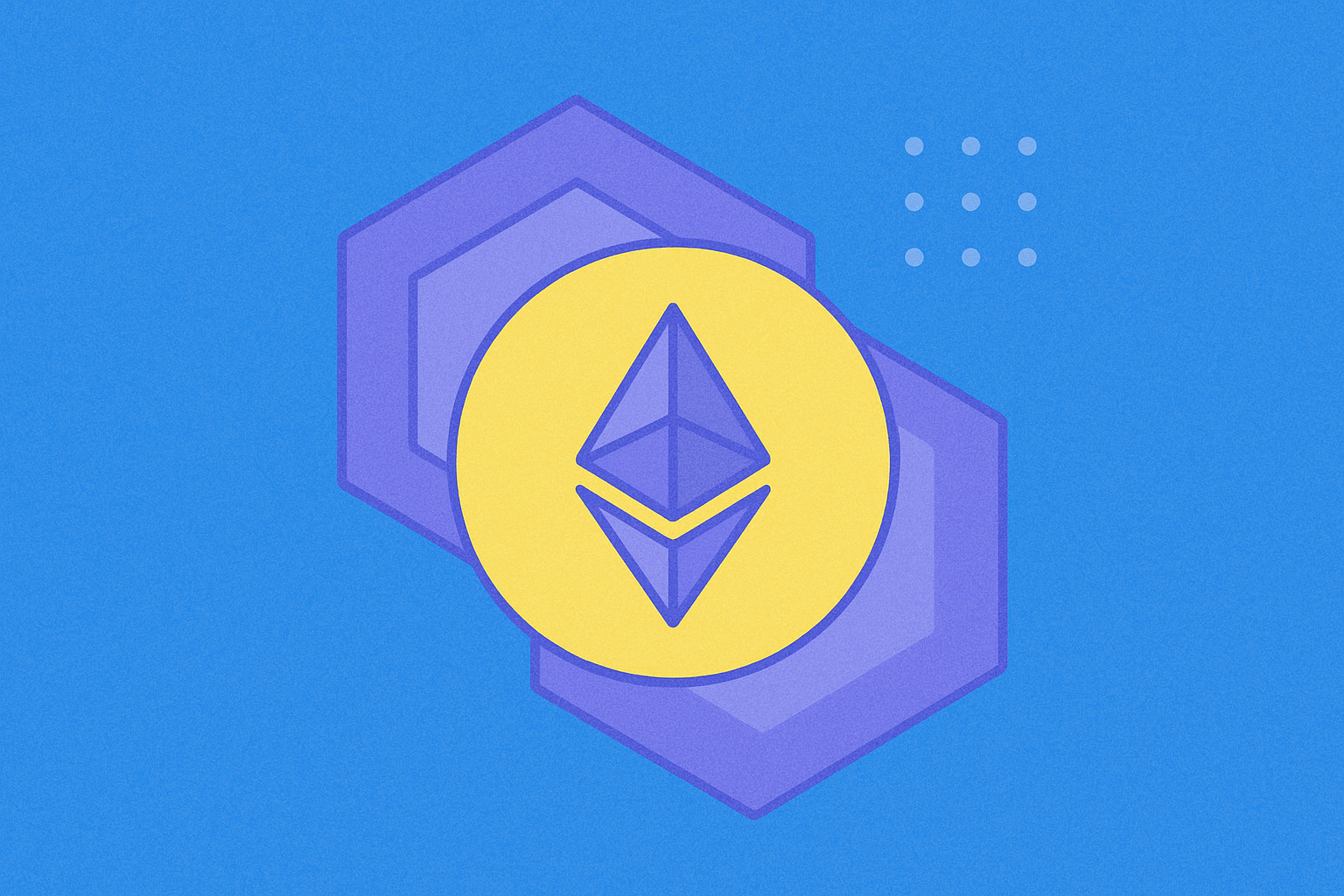Polymarket kurucusu $POLY Token hakkında şaka yapıyor


Web3 kumar platformlarının yükselişi
Tahmin piyasa platformlarının manzarası, Web3 teknolojisinin ortaya çıkmasıyla birlikte büyük değişiklikler geçirmiştir. Bu alanda öncü olan Polymarket, kripto tahmin pazarında önemli bir piyasa payına sahiptir. Platformun hızlı yükselişi, son zamanlarda aldığı 2 milyar dolarlık yatırım ve 9 milyar dolara kadar ulaşan etkileyici bir değerlemeyle kendini göstermektedir. Bu üstel büyüme, kripto para tutkunları, traderlar ve yatırımcılar arasında merkeziyetsiz tahmin çözümlerine olan artan talebi vurgulamaktadır.
Web3 kumar platformları, kullanıcıların tahmin pazarlarıyla etkileşim biçimini köklü bir şekilde değiştirmiştir ve eşi benzeri görülmemiş bir şeffaflık, güvenlik ve erişilebilirlik sağlamaktadır. Bu platformlar, bahislerin ve sonuçların değişmez kayıtlarını sağlamak için blok zinciri teknolojisini kullanırken, akıllı sözleşmeler otomatik olarak bahisleri yürütür ve ara buluculara olan ihtiyacı ortadan kaldırır. Sonuç olarak, daha verimli, düşük maliyetli ve güven gerektirmeyen bir kumar ekosistemi ortaya çıkmıştır ve bu durum kripto topluluğunun geniş çapta dikkatini çekmiştir.
Polymarket'in bu hızla büyüyen alandaki başarısı izole bir fenomen değildir. Tüm Web3 kumar endüstrisi önemli bir büyüme yaşadı ve küresel pazar büyüklüğünün 2027 yılına kadar 231,2 milyar dolara ulaşması bekleniyor. Bu artış, artan internet penetrasyonu, akıllı telefon kullanımındaki yükseliş vekriptopara. Bu platformlar gelişmeye devam ettikçe, gerçek zamanlı veri akışları, AI destekli analizler ve çok zincirli birlikte çalışabilirlik gibi gelişmiş özellikleri entegre ediyorlar ve bu da onları teknolojiye hakim kullanıcı tabanına daha çekici hale getiriyor.
$POLY'nin merkeziyetsiz tahminleri nasıl devrim niteliğinde dönüştürebileceği
Polymarket'in yerel $POLY Token'ının potansiyel lansmanı, kripto topluluğunda dalgalar yaratmış durumda ve merkeziyetsiz tahminler üzerindeki etkisi hakkında sonsuz spekülasyonlar yapılmakta. Resmi detaylar hâlâ az olsa da, sektör uzmanları $POLY Token'ın platformun işlevselliğini ve kullanıcı deneyimini önemli ölçüde artırabilecek bir dizi yenilikçi özellik sunabileceğine inanıyor.
$POLY Token'ın en çok beklenen yönlerinden biri, bir yönetişim mekanizması olarak potansiyelidir. Bu, token sahiplerinin platformun gelişimi, ücret yapısı ve sunulan pazar türleri hakkında görüşlerini ifade etmelerine olanak tanıyacaktır. Bu girişim, Polymarket'i kripto alanının büyük bir kısmını destekleyen merkeziyetsiz ilkelere uyumlu hale getirecek, muhtemelen kullanıcı etkileşimini ve sadakatini artıracaktır.
Ayrıca, $POLY token'ı piyasa yaratıcıları ve katılımcılar için yeni ekonomik teşvikler sunabilir. Örneğin, doğru tahminleri ödüllendirmek, likidite sağlamayı teşvik etmek veya platform işlemleri için gaz ücretlerini dengelemek için kullanılabilir. Bu, daha çeşitli ve likit bir piyasa yaratabilir, genel tahmin kalitesini artırabilir ve daha geniş bir kullanıcı tabanı çekebilir.
$POLY Token'ın Polymarket ekosistemine entegrasyonu, merkeziyetsiz tahmin pazarlarında daha ileri düzey özelliklerin yolunu açabilir. Örneğin, karmaşık çoklu sonuçlu olaylar için tahmin pazarlarının oluşturulmasını sağlayabilir veya tahmin edilen sonuçlara dayalı türevlerin geliştirilmesine olanak tanıyabilir. Bu yenilikler, kripto tahmin pazarlarının kapsamını ve karmaşıklığını önemli ölçüde genişletebilir, kurumsal katılımcıları çekebilir ve sektöre daha fazla meşruiyet kazandırabilir.
Kripto Tahmin Pazarlarının Geleceği: 2025 Sonrası
2025 yılına kadar, kripto tahmin pazarının manzarası önemli değişiklikler geçirmiştir. Polymarket'te $POLY Token'ın potansiyel lansmanı, bu alandaki devam eden evrimin sadece bir örneğidir. İleriye baktığımızda, bu pazarların geleceğini şekillendiren birkaç ana trend bulunmaktadır.
Etkileşimli çalışma, Polymarket gibi platformların farklı blockchain ağları arasında kesintisiz bağlantılar oluşturma konusunda öncülük etmesiyle birlikte ana odak haline geldi. Bu, tahmin pazarlarının likidite havuzunu ve kullanıcı tabanını genişletir, tahminleri daha doğru ve çeşitli hale getirir. Çapraz zincir çözümlerinin entegrasyonu ayrıca, daha önce birçok kullanıcı için önemli engeller olan ağ tıkanıklığı ve yüksek gaz ücretleri ile ilgili sorunları hafifletir.
Yapay zeka ve makine öğrenimi, giderek daha fazla tahmin piyasa platformlarına entegre ediliyor. Bu teknolojiler, büyük miktarda veriyi analiz etmek, kalıpları tanımlamak ve daha doğru olasılık tahminleri üretmek için kullanılıyor. Bu, tahminlerin kalitesini artırmakla kalmaz, aynı zamanda daha önce etkili bir şekilde modellemesi zor olan yeni piyasa kategorilerini de açar.
Regülatif netlik, kripto tahmin pazarlarının büyümesinde de önemli bir rol oynamıştır. Birçok yargı alanı, bu platformların işletilmesi için şimdi net yönergeler belirlemiştir ve yenilik ile tüketici koruması arasında bir denge sağlamıştır. Bu regülatif kesinlik, kurumsal katılımı teşvik etmiş, sektörün meşruluğunu artırmış ve önemli bir sermaye akışını sağlamıştır.
Tahmin pazarlarının diğer merkeziyetsiz finans (DeFi) protokolleriyle entegrasyonu, yeni sinerjiler ve kullanım durumları yaratmıştır. Örneğin, tahmin pazarlarının sonuçları artık diğer DeFi uygulamaları için oracle olarak kullanılmakta, DeFi protokollerinin likiditesi ise daha sağlam tahmin pazarları oluşturmak için değerlendirilmektedir. Bu etkileşim, daha aktif ve dayanıklı bir ekosistemin oluşmasına yol açmıştır.
| açı | 2023 | 2025 | 2025 Sonrası |
|---|---|---|---|
| Pazar büyüklüğü | $5.7 milyar | 9.3 milyar $ | $15.2 milyar |
| Aktif Kullanıcılar | 2.3 milyon | 5.8 milyon | 1240 bin |
| Ortalama İşlem Hacmi | $450 milyon/gün | $120 milyon/gün | $350 milyon/gün |
| Regülatif kabul | sınırlı | Ilımlı | geniş |
Kripto tahmin pazar endüstrisi olgunlaşmaya devam ederken, Polymarket gibi platformlar yenilikte öncülük ediyor. $POLY Token'ın potansiyel tanıtımı, bu evrimde yeni bir sayfa açabilir ve Polymarket'in alandaki lider konumunu daha da pekiştirebilir. Bu heyecan verici gelişmeleri keşfetmek isteyenler için, Gate, tahmin piyasası platformlarıyla etkileşimde bulunmak ve Web3 kumarındaki en son trendleri takip etmek için tam bir araç ve kaynak seti sunuyor.

UNFI nedir: Kuzey Amerika'nın lider organik gıda dağıtıcısını yakından tanımak

Polymarket CFTC'den Onay Aldı: Tahmin Piyasaları İçin Ne İfade Ediyor

CFTC, Polymarket’i onayladı: Web3 tahmin piyasaları için önemli bir dönüm noktası

Kripto Para Ticareti İçin Önde Gelen Merkeziyetsiz Platformlar

Önde Gelen Merkeziyetsiz Alım Satım Platformlarını Keşfet

Aerodrome Finance'ı Anlamak: Detaylı Bir Kılavuz

NFT İşlem Maliyetlerini Anlamak ve Azaltmak

Benzersiz NFT'ler oluşturmak için en iyi yapay zekâ araçlarını seçme rehberi

Bitcoin Analizi İçin Stock-to-Flow Modelinin Yeniden Ele Alınması

İşletmeler için En İyi Kripto Ödeme Çözümleri

NFT Değerini Açığa Çıkarmak: Nadirlik Puanları ve Değerlendirme Sürecinde Uzmanlaşmak





